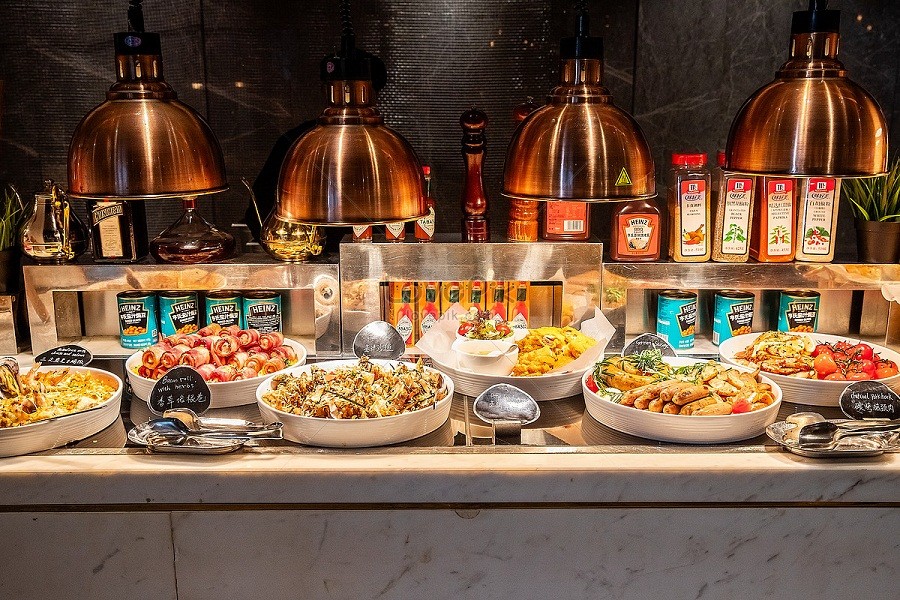Imagine a restaurant that offers all 80 to 90 menu items at an affordable price -- a win-win situation for customers and the restaurant as well.
When you may have Mexican, Desi, Chinese, Indian, and Thai cuisines, desserts, and bottomless drinks, the buffet appears tempting, wouldn't you agree?
When you can purchase only two or three items for a thousand bucks, the buffet will provide more than ninety items for the same price while coming at an infinite amount. How come they make a profit from it?
Popularity of buffets on the rise
As buffets offer unlimited food, people can quench their thrusts to the bottom. Not just that, the items you always fear can have them included in that price. A variety of foods can soothe your eyes. And the main thing is you can't be hungry while leaving the restaurant when some fine dining restaurants don’t seem to provide enough food.
Yes, the timings, you can get 3-4 hours to have unlimited food. Sometimes, It's best to have no company or no hospitality. Whilst a waiter in a normal fine dining restaurant asks your preference, you can have your preferred food in your desired quantity without nagging.
The best part is you can get food for every age group, from Desi items for boomers to cult classic Indo-Chinese and Thai food for millennials and snacks with other items for X-ers.
How sellers make profit
The previous passage is surely meant for the advantages customers get, but don’t you think sellers have their profit share too?
To start with, they put filling and cheap items at the front serve. Study says approximately 75 per cent of customers have the food served on the front line.
Then, they emphasise the carb items, like pasta, pizza and potatoes, that fill the tummy in no time. Also, soup, a tummy-filling-fast item, is served attractively with lots of ingredients and good quality.
They want customers to have carb and liquid items to settle down in less. Again the costly items are located in the utmost corner, making the customer fill their plates with carbohydrates leaving no space for rich items.
As buffets offer self-service, some customers feel the hassle of bringing food from the counters.
The other reason is that the serving plates of buffets are sometimes smaller than the usual ones. A smaller portion of food seems huge on those tiny plates.
And the serving size of glasses is huge. They tend to put loads of testing salt, causing customers to feel thirsty and sip more cold drinks.
And talking about the serving spoon, they use larger spoons for inexpensive items, whereas providing smaller tongs for meat items.
In addition, their food has loads of testing salt, which contains sodium glutamate, causing customers not to have an appetite and feel thirsty. And with their foods being prepared in the same manner and sauce, with different names, buyers don't feel uniqueness in different items losing their appetite.
On the other hand, buffet foods always have repurposing. The foods that were leftovers from yesterday's serving will be served again tomorrow.
The unused chicken might come into the soup the next day. The fish will be used in sushi or in fish teriyaki.
Another aspect is fewer staff requirements. Taking customers ’ orders and clearing tables requires less experienced waiters, leading to relatively low pay.
The last example is that using buzzwords like 'locally-sourced' and 'local produce' on menus might help restaurants attract and retain consumers by giving them the impression that they're getting something unique and special.


